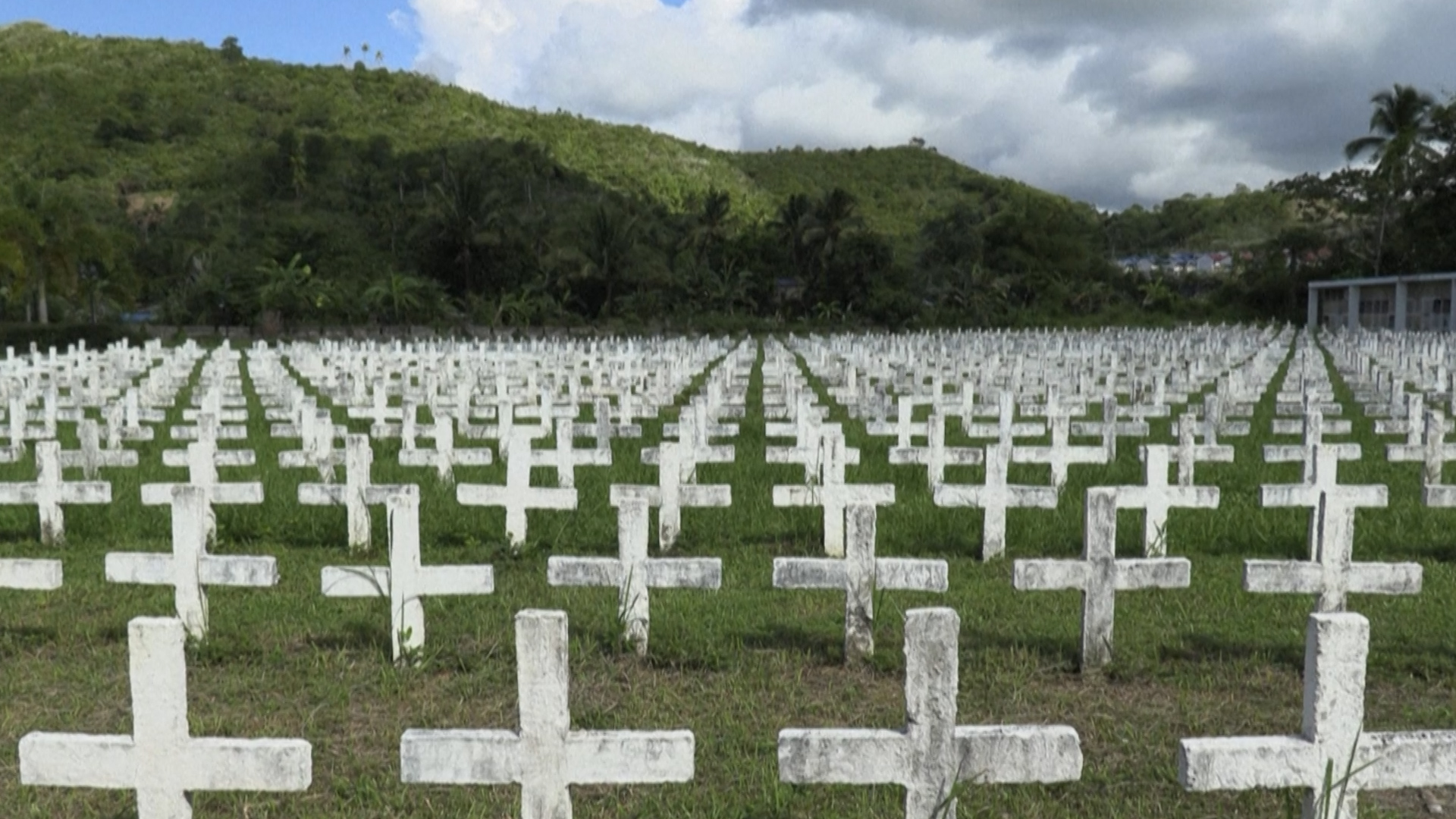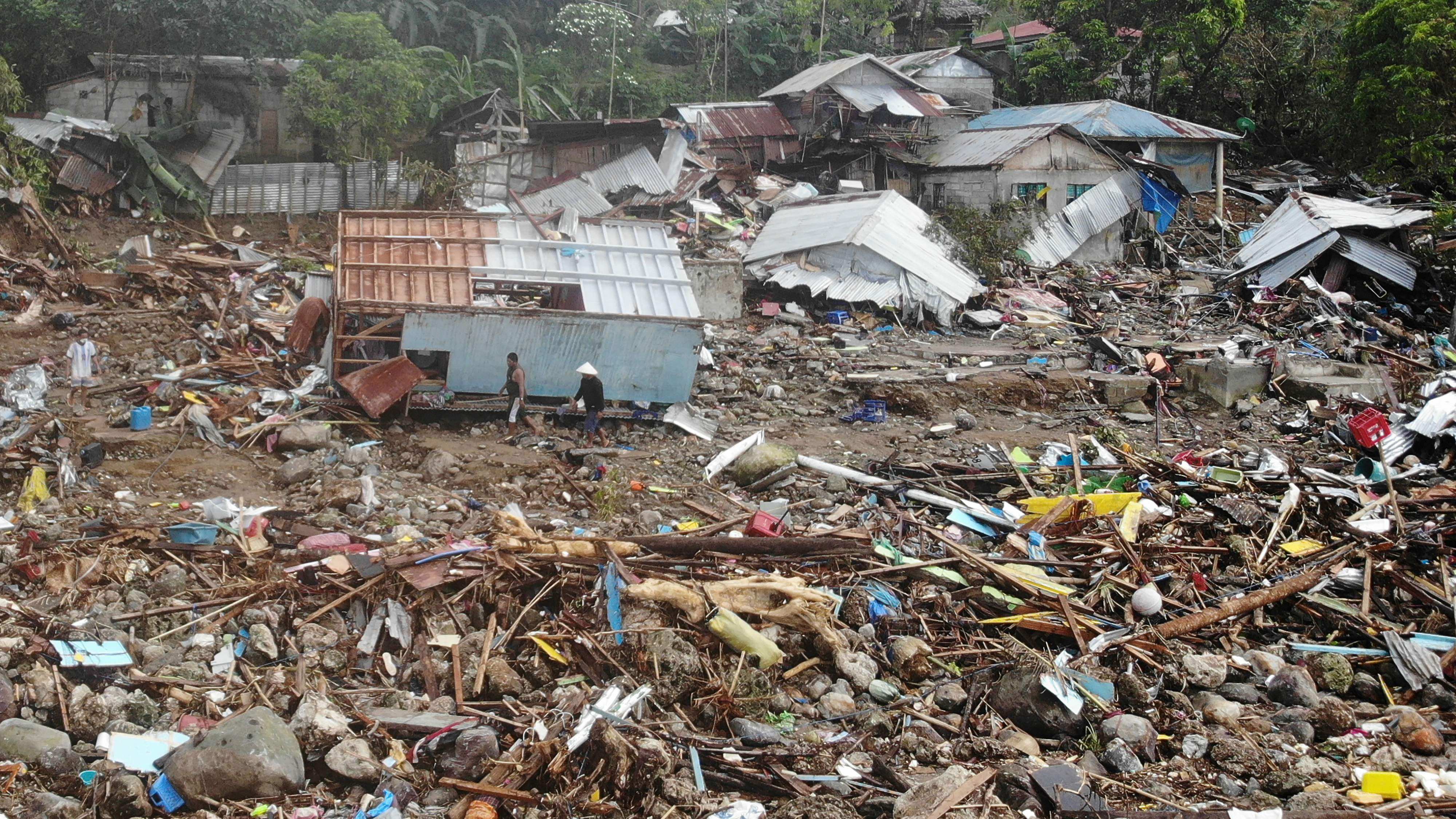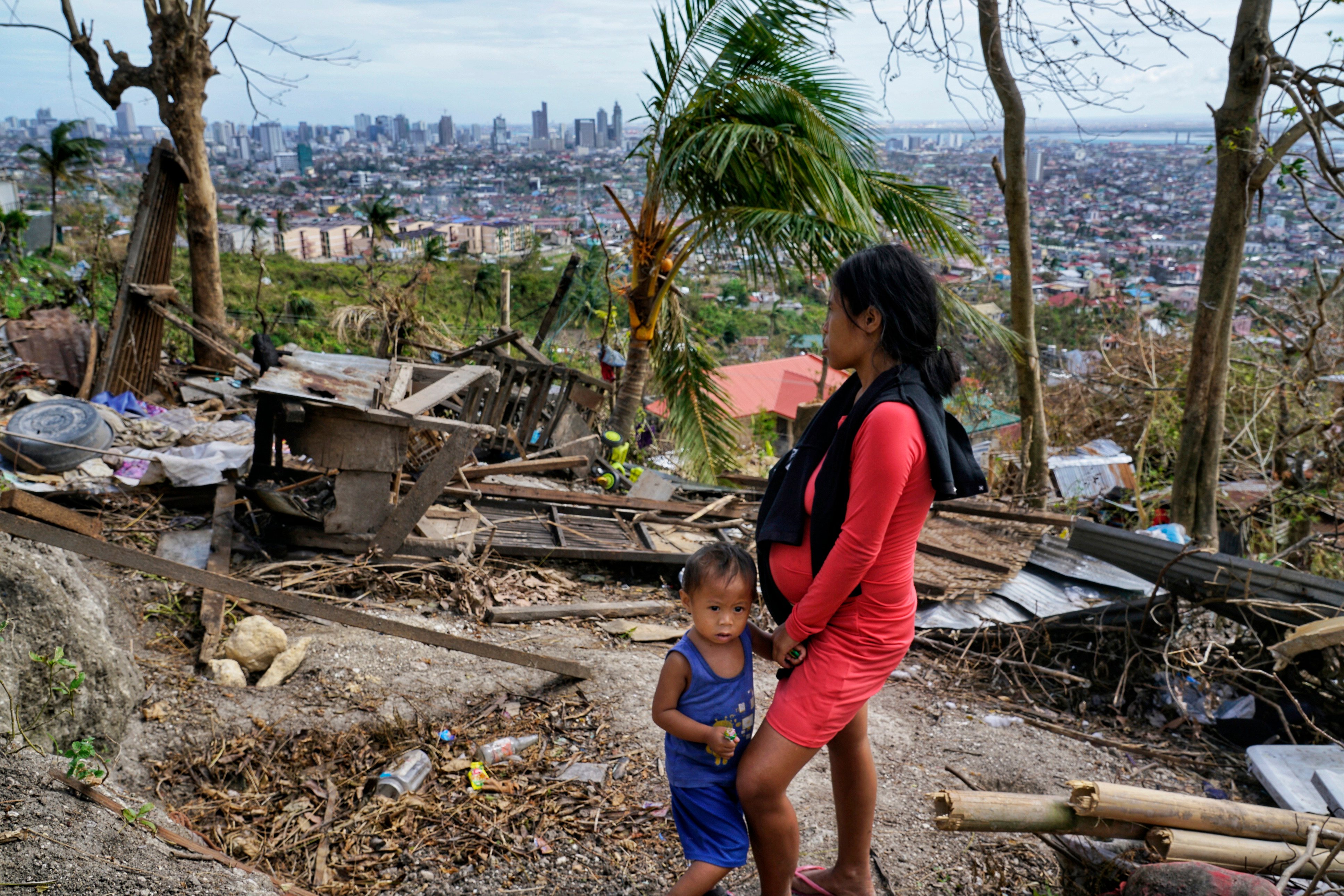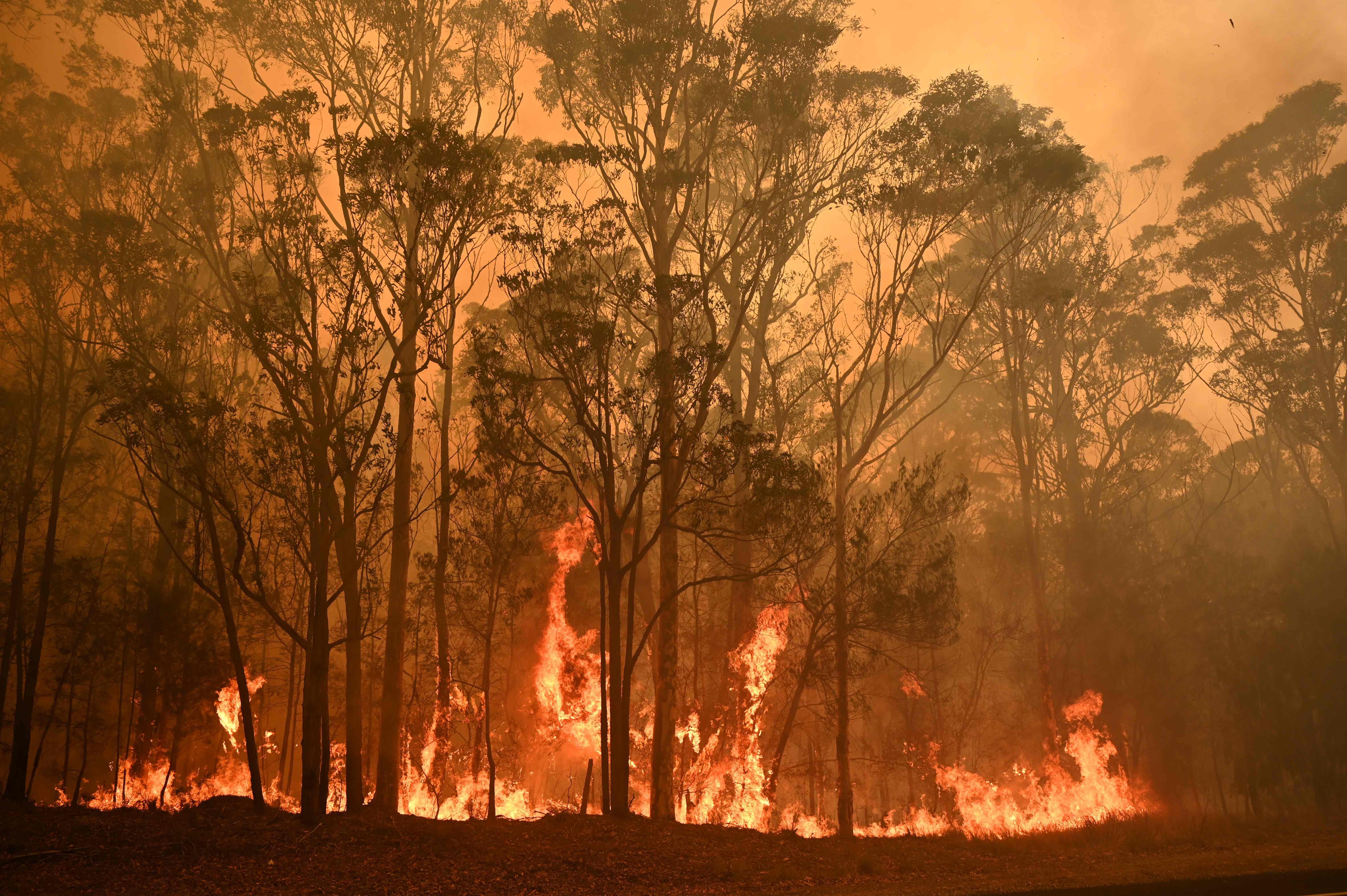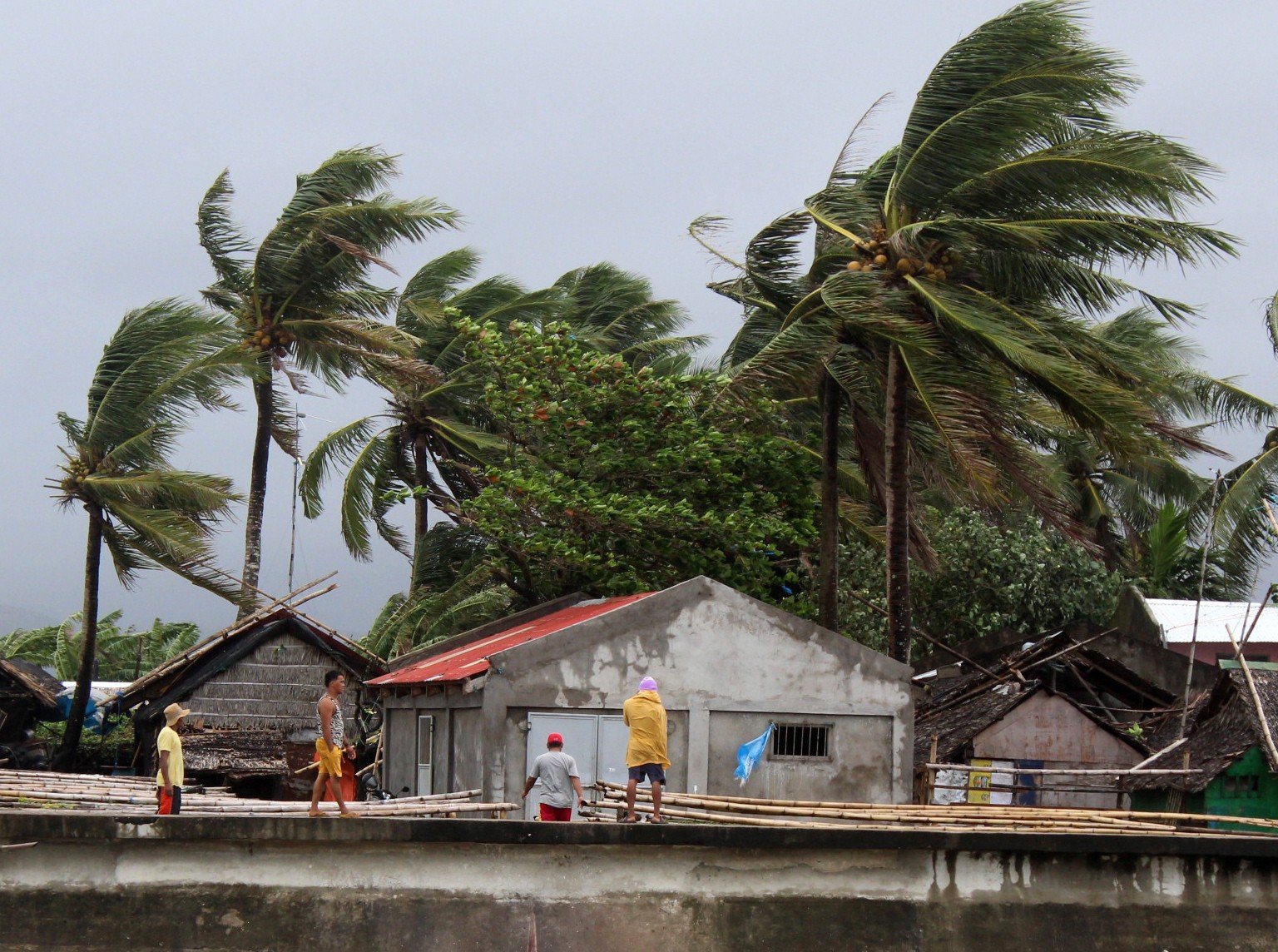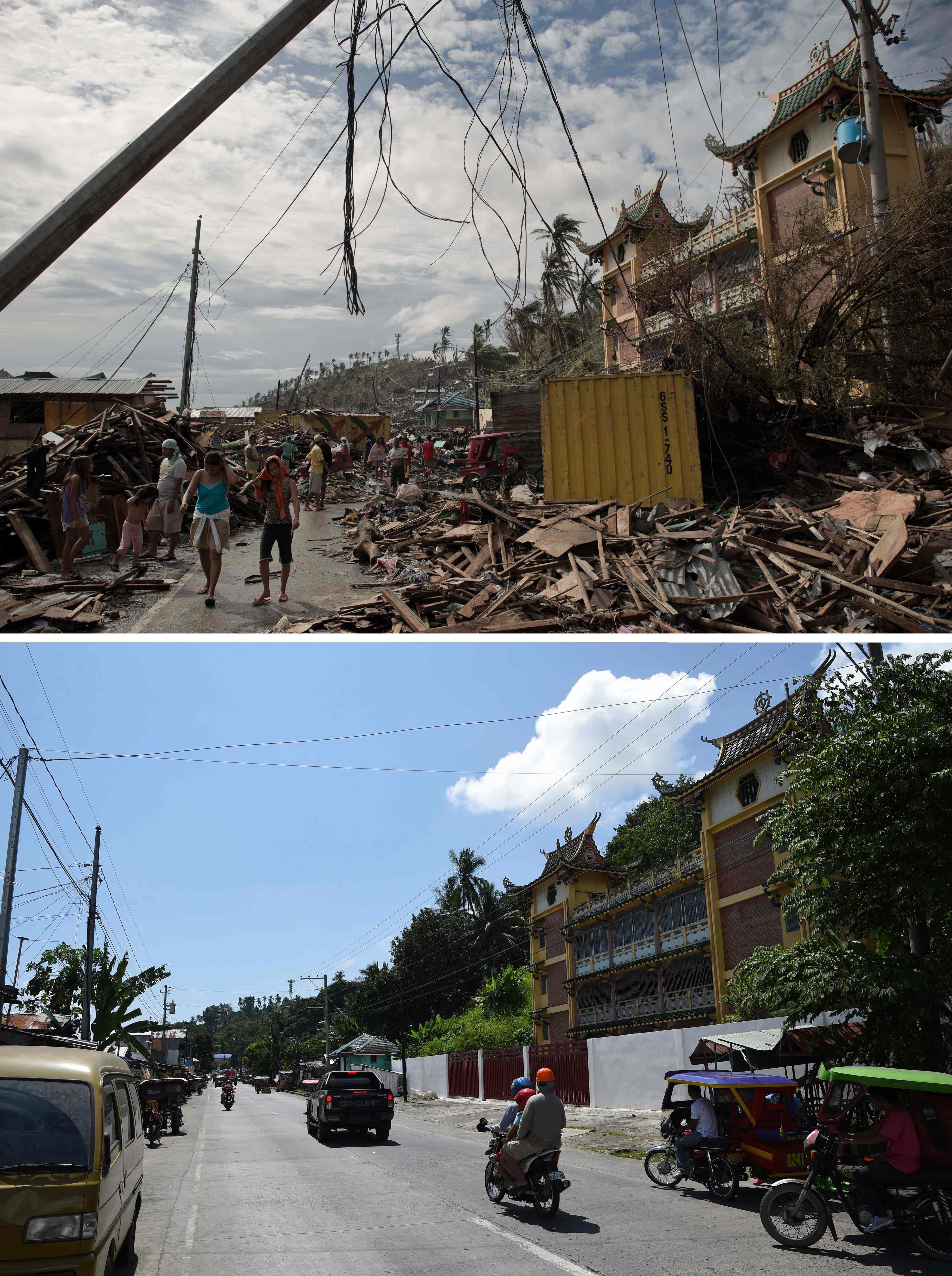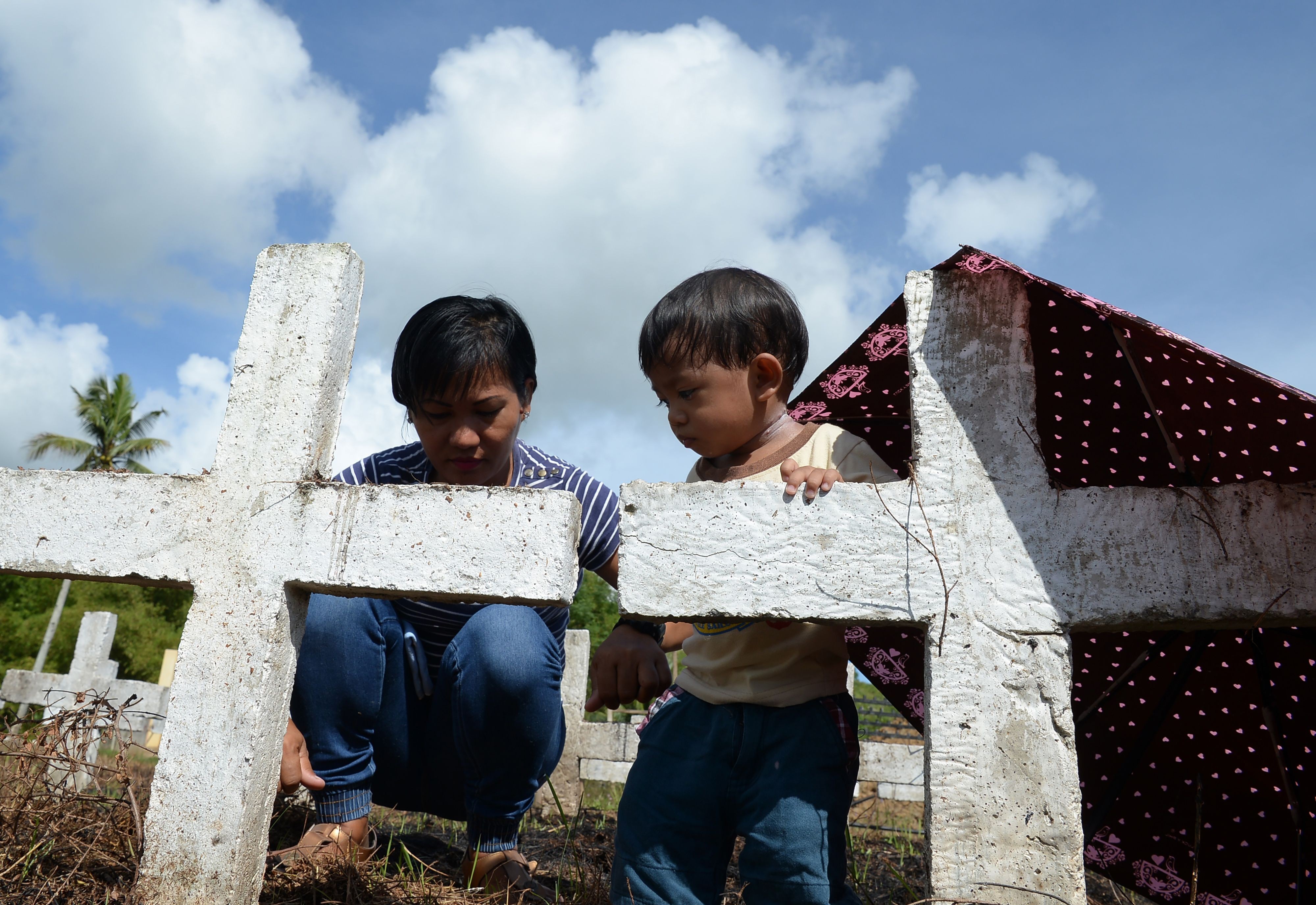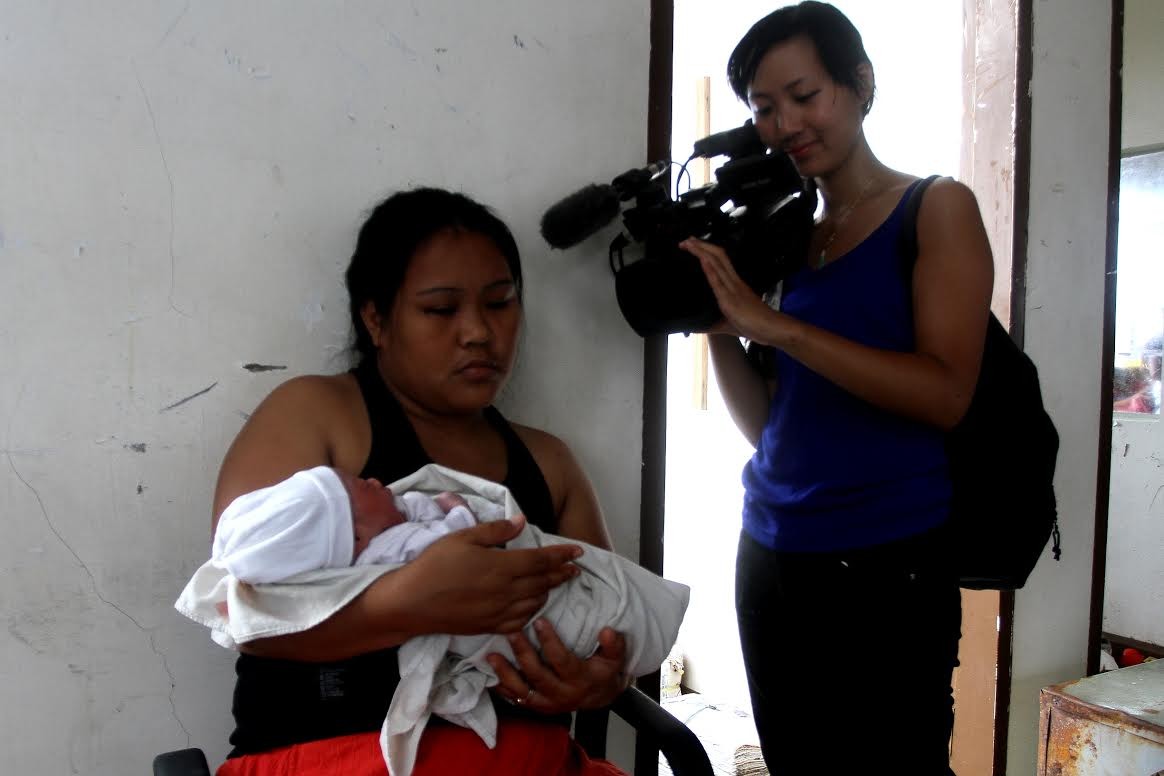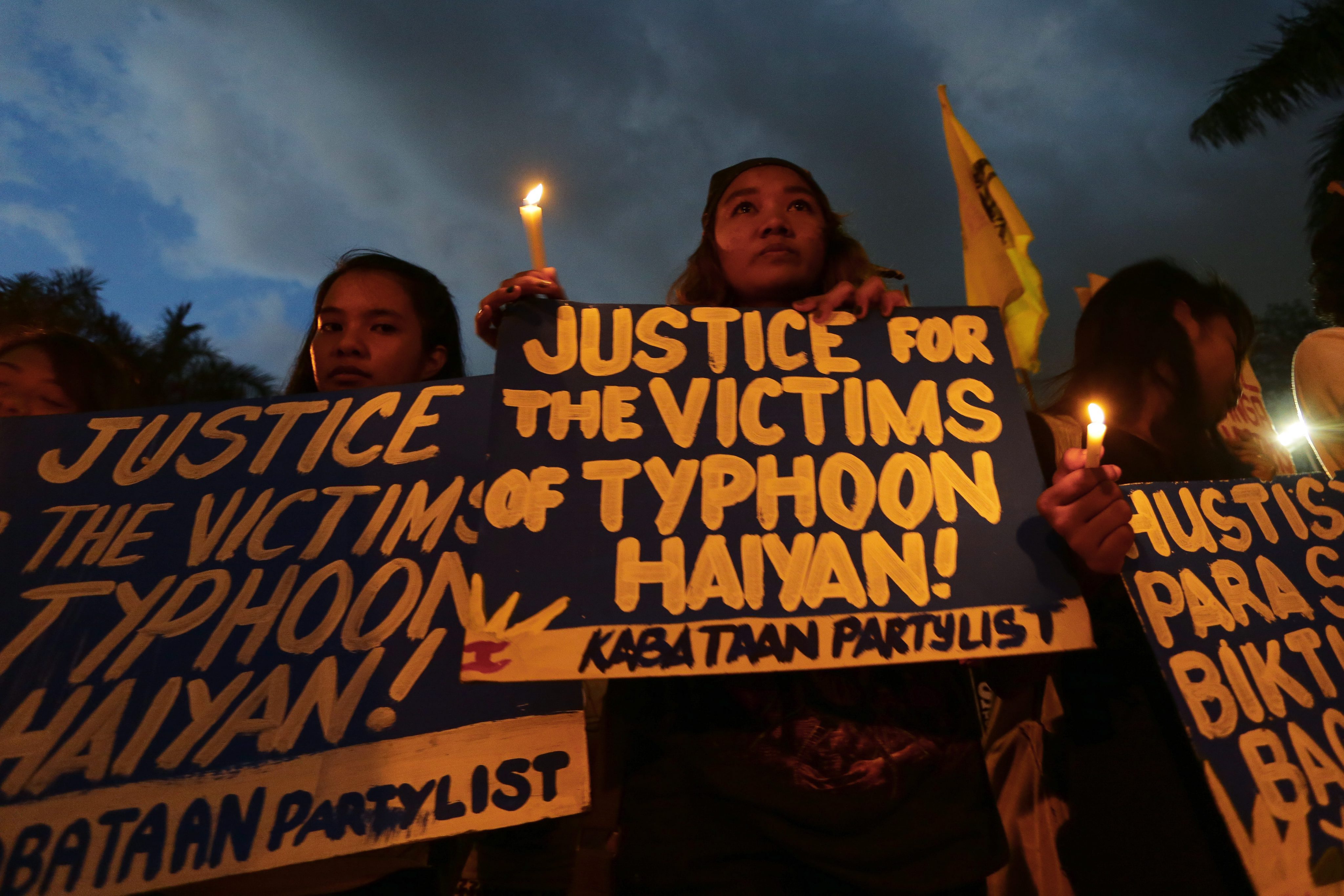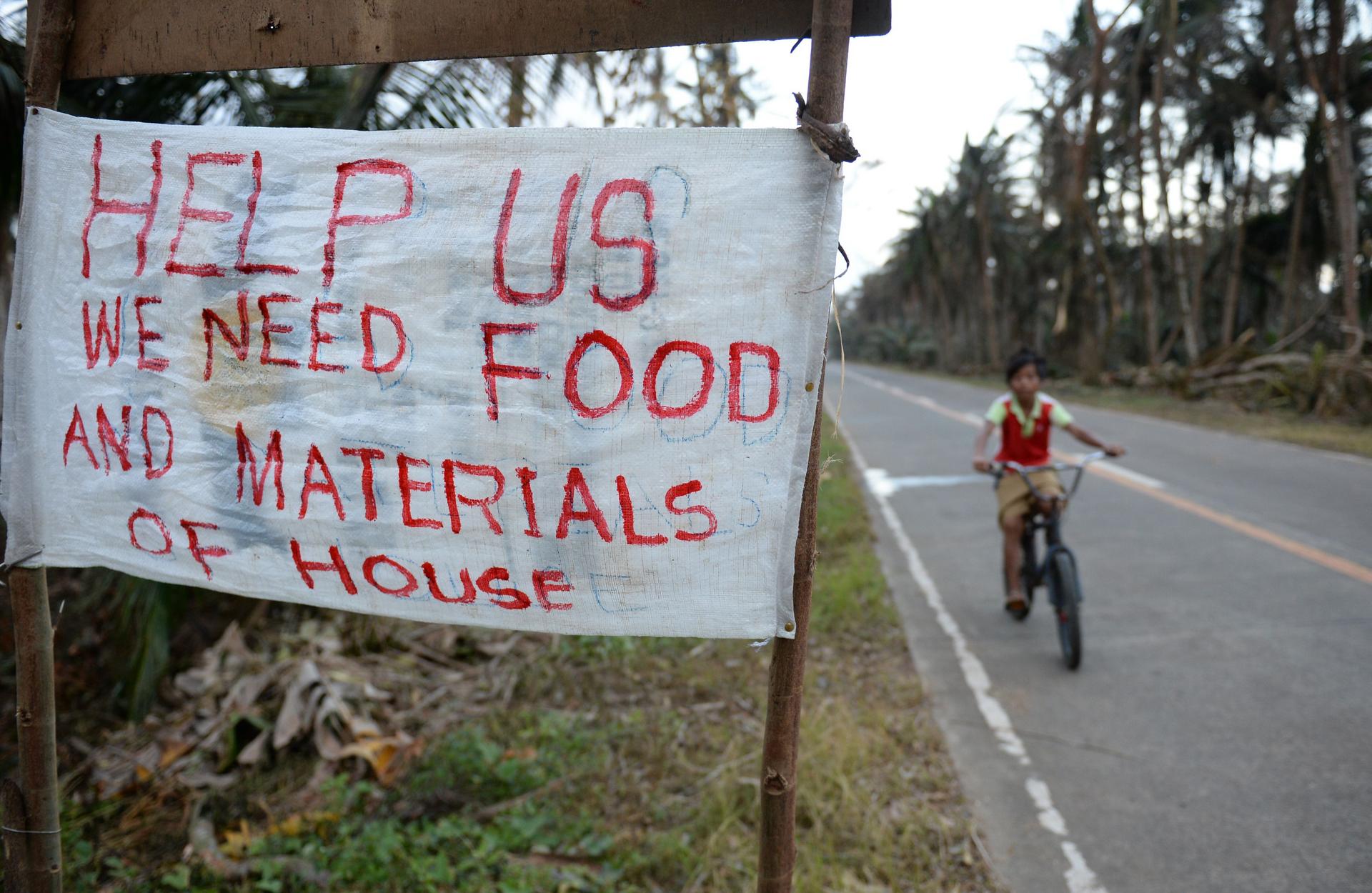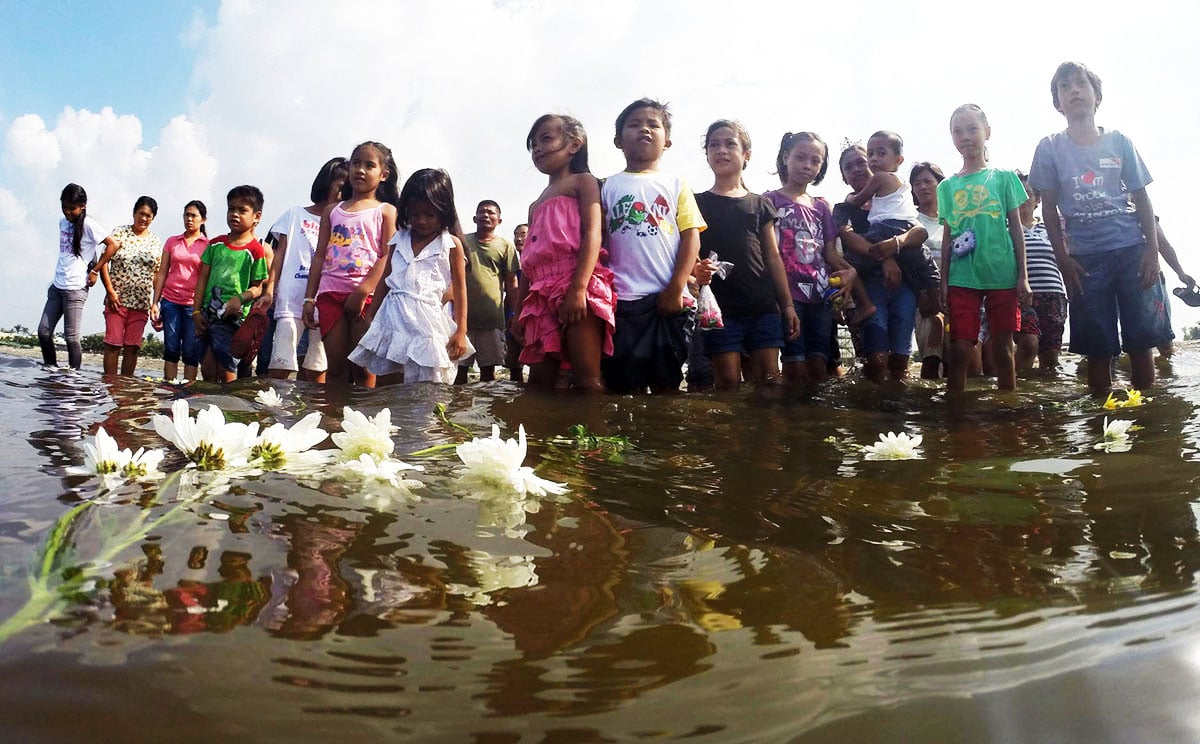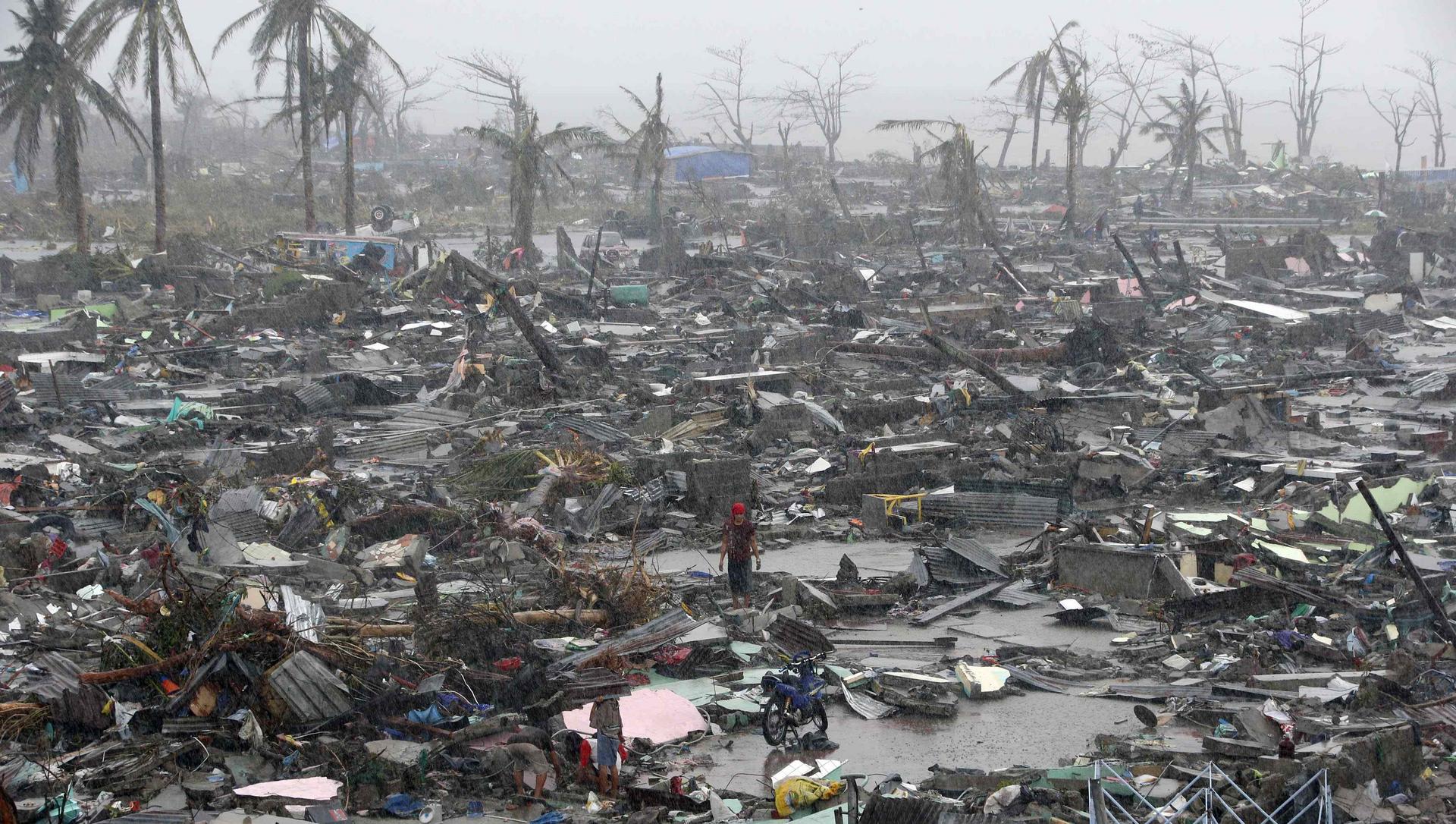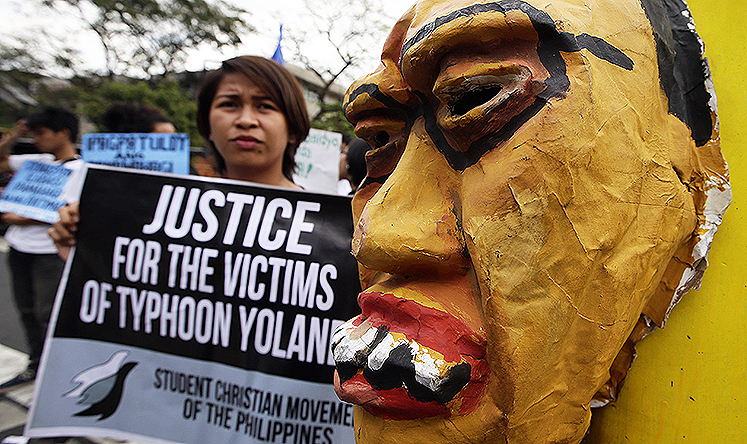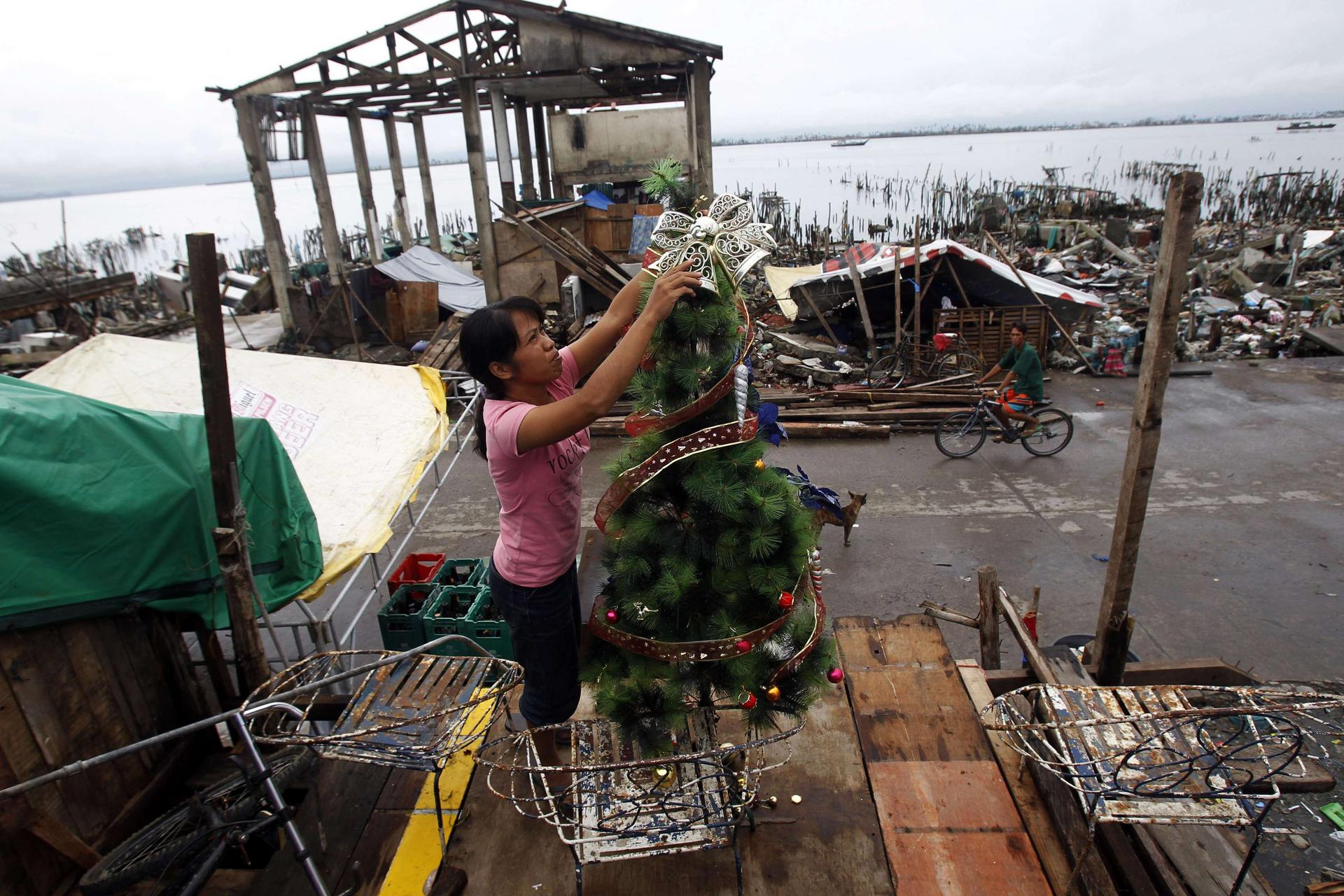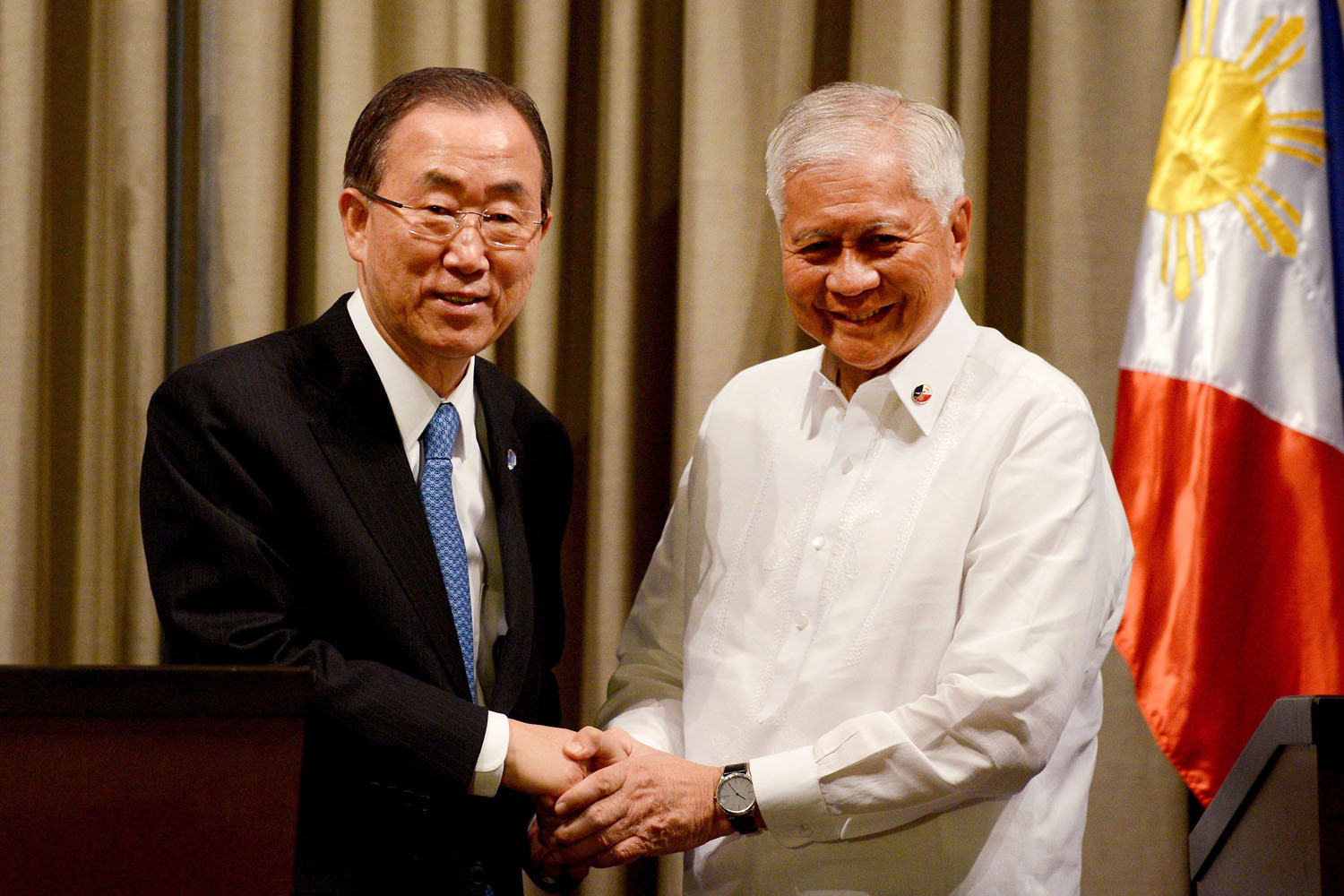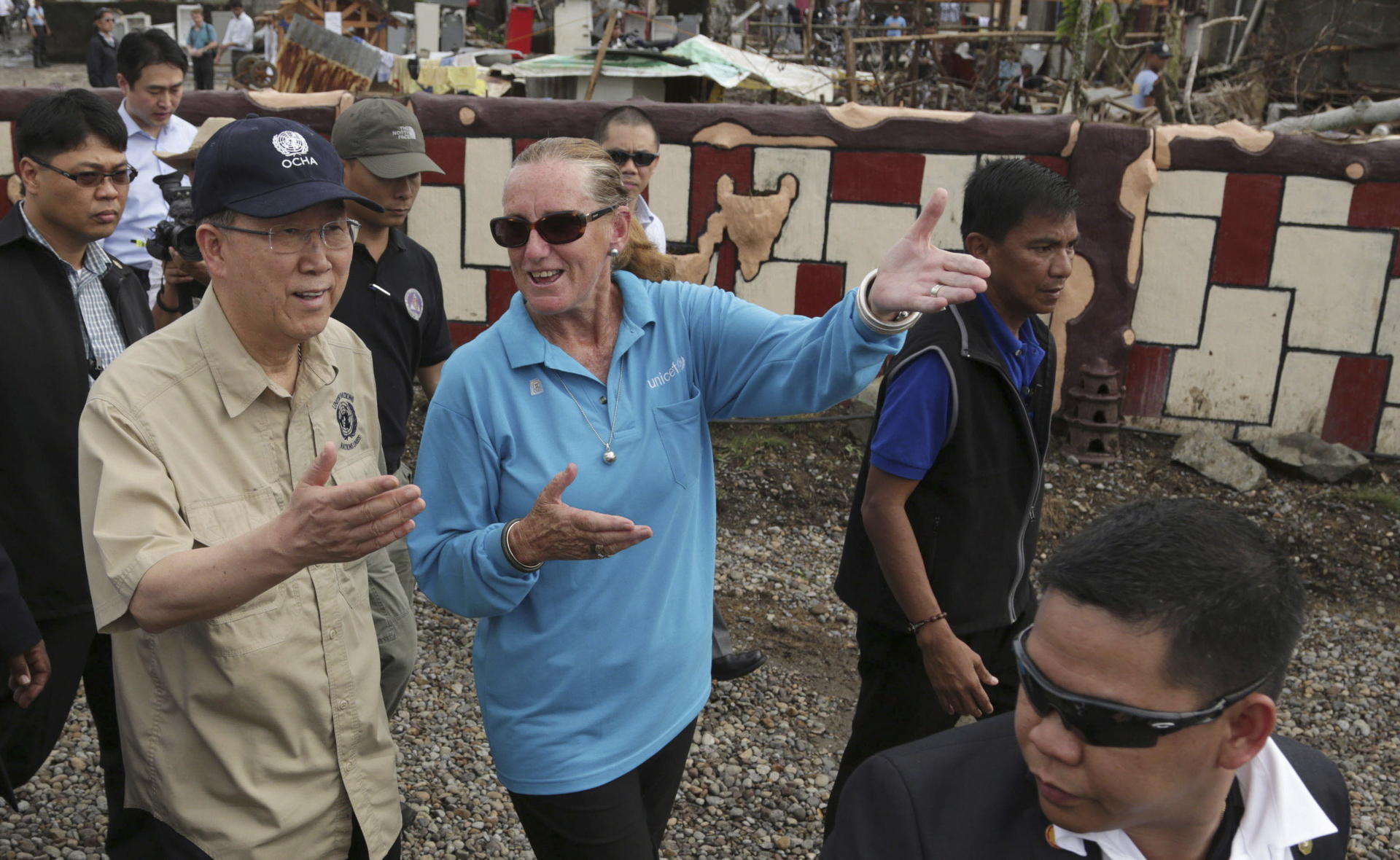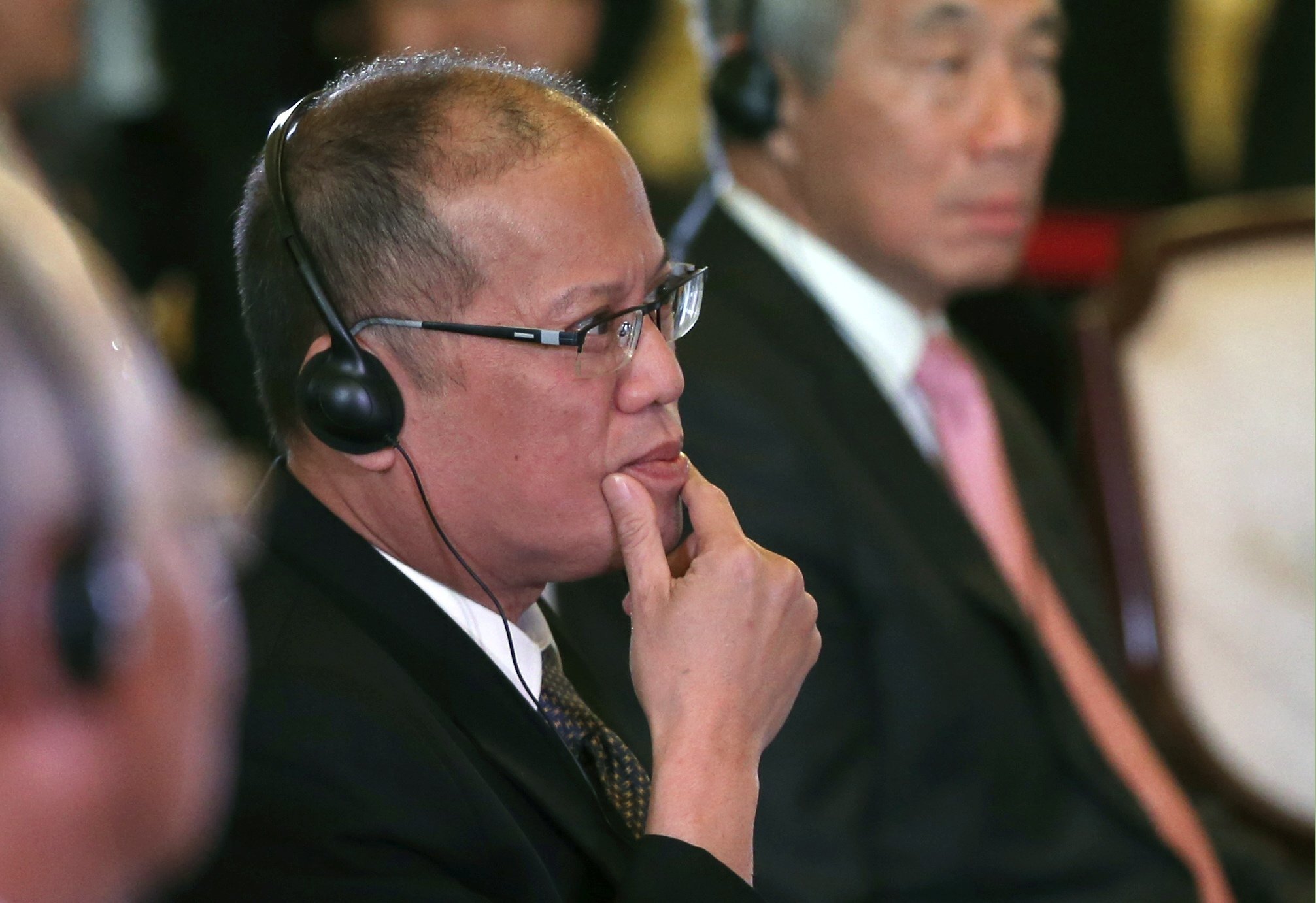Topic
Typhoon Haiyan, one of the strongest storms ever recorded, struck the Philippines in November 2013 with winds of up to 190 mph (305 kph). At least 10,000 people died in one Philippine province alone.
What is wrong with our leaders in Hong Kong and Beijing? If there is ever a time when realpolitik, cold diplomacy and humanitarianism converge, it is now.
Most of the dead are in Baybay, an area prone to landslides, where 236 people were also injured; about 162,000 displaced are in evacuation centres, while 41,000 are living with relatives; search and rescue continues.
More than 371,000 houses were destroyed or damaged in the storm; many are without food, water and electricity.
Natural disasters caused economic damage of US$2.98 trillion last decade, the most expensive on record, according to a new report by insurance broker Aon.
SEA Games could be disrupted, with storm expected to pass close to Manila after making landfall.
More than 7,000 people are thought to have lost their lives in the Philippines’ worst storm on record. Here’s why it proved so deadly
Diofel Llamado lost two daughters to the storm that killed more than 7,000 people in 2013. Yet, like others, he believes relocation is not an option
A baby dead, another born, hope amid despair and the stench of rotting corpses – Agence France-Presse video journalist Agnes Bun recalls 2013 disaster in the Philippines in her upcoming book, There’s No Poetry in a Typhoon.
Life is a constant throw of the dice for farmer Nilo Dilao and other residents of the Philippine island of Samar, the ground zero for many of Asia's deadliest storms.
Survivors of the strongest typhoon ever to hit land wept at mass graves yesterday during ceremonies to mark one year since the storm devastated the central Philippines and condemned millions to deeper poverty.
Six months after the strongest typhoon to hit land killed his mother and tore down much of their house in the eastern Philippines, Sofronio Cervantes wants to return home. But he faces a battle to scrape together the money to rebuild his life once he gets there.
Returning to their destroyed village after a catastrophic typhoon that killed thousands in the Philippines last year, a weary band of Catholics vowed a lifelong sacrifice to thank God for saving them.
Philippine coconut oil exports fell 35 per cent at the start of this year, driving up global prices, after the destruction of millions of trees by Super Typhoon Haiyan.
The Philippines said "thank you" on billboards around the world in gratitude for the massive outpouring of international help after Typhoon Haiyan killed about 8,000 people three months ago.
When Typhoon Haiyan cut a devastating swathe through the central Philippines last November, the US military was among the first to respond. In days, the United States starting delivering what would be nearly 1,000 personnel, 50 ships and aircraft, and tens of millions of dollars of aid to the hardest hit areas.
Plan International said it was concerned about five high school girls recruited in the aftermath of the November 8 typhoon in Basey and Marabut, two impoverished coastal towns on the island of Samar which suffered heavy damage and casualties.
UN Secretary-General Ban Ki-moon stepped up an appeal for funds to help the Philippines recover from a devastating typhoon last month after visiting stricken areas.






